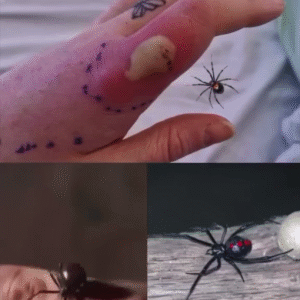Animals also have the ability to detect and react to the scents of others. It’s a survival mechanism that helps them sense danger or the presence of a stronger animal. In a study conducted by researchers from the University of Kent and Arkansas’ Tech University, it was found that animals and humans may not be so different after all. The ability to detect chemical scents, including putrescine, is part of our survival instinct. Putrescine serves as a warning signal to humans.
When exposed to this scent, people have both conscious and subconscious reactions. In various experiments, researchers used putrescine, ammonia, and water to study people’s responses. The results were fascinating -when exposed to putrescine, people immediately moved away from the area, similar to the fight-or-flight response seen in animals. But putrescine isn’t the only scent that triggers a reaction in humans. Studies have shown that the smell of sweat taken from people in fearful situations also generates a reflex response in others. The scents we encounter influence our emotions, preferences, and attitudes, often without us even realizing it.
Humans naturally tend to avoid confronting danger. Whether it’s a physical threat or a verbal conflict, we generally prefer to distance ourselves until we have no choice but to fight. Putrescine and s+ex pheromones are two examples of scents that elicit different responses in humans. S+ex pheromones are released to attract mates, while putrescine serves as a warning signal.
These scents evoke opposite responses in people, suggesting that our reactions to different scents are varied. Interestingly, during the study, participants were not consciously aware of their negative reaction to the putrescine scent. It seems that people are not familiar with putrescine and do not consciously associate it with death or fear.
So the next time you sense an unpleasant smell, pay attention to your body’s reaction. It may be trying to warn you or prepare you for something important. Just remember, our sense of smell plays a crucial role in how we perceive the world around us, even if we aren’t completely aware of it.


